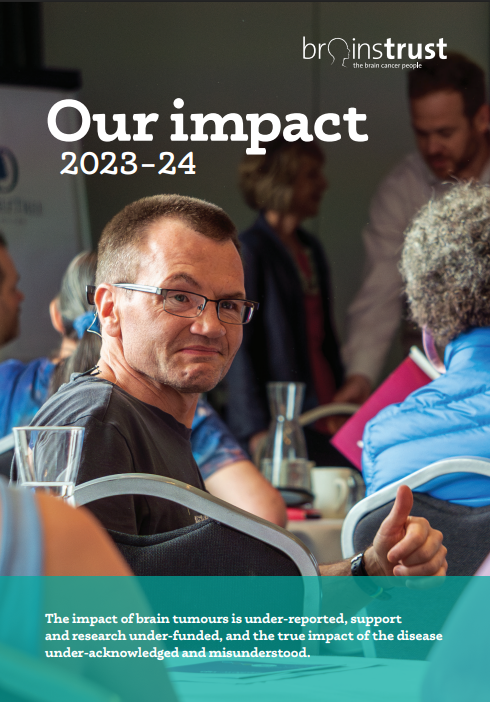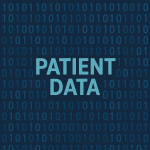Work with brainstrust
A unique charity with an inspirational story and an exciting future.
Every two hours, someone is diagnosed with a brain tumour in England. In the UK, 16,000 people each year are diagnosed with a brain tumour; only 12% of brain tumour patients survive beyond five years of their diagnosis; brain tumours are the chief cause of cancer deaths in children and young people; brain tumours continue to kill more children and adults under the age of 40 than any other cancer; and brain tumour deaths are rising, representing 2.6% of all deaths from cancer.
But these facts don’t help you when you are diagnosed.
People find they can’t walk; they can’t talk; they can’t see; they can’t hear; they can no longer drive, and they can no longer work. Treatment is harmful and remains unchanged in 20+ years. Neurological fatigue is debilitating, and behaviour and personality change makes family life even harder. brainstrust is uniquely dedicated to helping people overcome the challenges a brain tumour brings. We are here for the patient and those around them.
There is a vibrant eco-system of charities, clinicians, companies and campaigners that are working to address these issues, of which brainstrust is proud to be a leading instigator and collaborator. Find out more about our story here.
Step inside brainstrust and you’ll find talented people working together to improve the lives of everyone living with a brain tumour. See all of our brainstrust vacancies below:
Community Fundraising Manager
 Employment type
Employment type
Full-time, permanent
Salary
£30,000 – £36,000 p/a dependent on experience
Experience
Fundraising, or volunteer management experience essential or directly transferrable demonstrable skills from other industry
Job function
Fundraising and volunteer management
Location
Flexible depending on candidate’s experience and preference with scope for home working, or hybrid working with a base at our Leeds office
Objectives and key responsibilities
brainstrust is seeking someone special to support and inspire our extraordinary community of fundraisers and volunteer ambassadors. You will be excited at the prospect of raising an incredible, but realistic, amount of money to support brain tumour patients and their families at brainstrust. Motivated by a shared belief in helping a forgotten group of cancer patients get the support they need, you will develop and deliver our community fundraising activity for the financial year ahead. You must have fire, drive, and ambition to achieve, and hopefully exceed, fundraising targets.
With a ‘people first’ attitude, building and maintaining valued relationships will be at the heart of your role. You’ll be ready to make friends along the way, and eager to work with existing volunteer supporters who share your passion for our cause. Your efforts will be focused on delivering and sustaining excellent stewardship, sensitive to the fact that many of our fundraisers have been impacted by a brain tumour diagnosis and have a visceral connection to the charity.
Find out more about the role here, including how to apply.
The deadline for applications is 17th July 2025.











